Bordeaux 2016: Top of the Pops
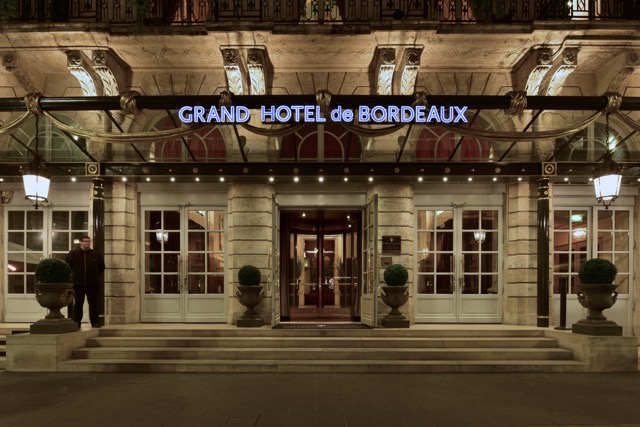
Top of the pops
By Panos Kakaviatos for wine-chronicles.com
13 May 2017
In a blog post for the American company Total Wine, I submitted those barrel samples that left me with what the French call a coup de coeur: wines that go straight to the heart. Like the Grand Hotel photo (thanks, Miguel Lecuona), my Top of the Pops includes the grandest of wines, regardless of price. But also some made the cut, because of their relatively competitive prices. As we are expecting many top wines to be issued next week, I think it timely to share these impressions on my blog.
Now that I solved a glitch in WordPress, I have recovered the color function! So, as before, wines I like in particular in bold. Those with red and bold, even more. And nirvana wines? In red and bold and underline.
The first growths
A tough call, but Château Latour comes first among the firsts. Fellow blogger and photographer Miguel Lecuona dubbed it “a sense of momentum taking you forward” and that sums up the wine’s suave and subtle power. Above all, you get a sense of finely grained tannin on the palate, which displayed distinct notes of crushed tobacco, graphite and a mix of cool blueberry and ripe blackberry fruit. Everything seems in place. You get sumptuousness, too, from the 7% ripe and fresh Merlot that was particularly successful, explained estate technical director Hélène Génin. I could not get enough of the urbane class of this wine, with layers of pleasing palate texture and a distinct cigar box finish, displaying superb raciness and a very long finish. Bravo! 98-100
Fellow taster Jane Anson dubbed Château Lafite Rothschild “elegant to a fault,” and I see what she means. Rarely too aromatically expressive from barrel, what distinguishes this wine is the palate’s pristine, laser-like focus and long length. Pure cassis and pencil lead drives the Cabernet Sauvignon attack, both subtle and misleadingly soft. Like Latour, the wine envelops the mid palate with layers but more silky smooth texture. The underlying structure reveals super fine tannic grain. The very long finish leaves one with the impression of sophistication and serenity. Barrel aging will amplify this into something very special, so score it likely on the higher end of the scale. 96-99
Château Haut Brion: If not the best first growth in 2016, this is top flight wine in the vintage nonetheless. A gorgeous nose – clean and fresh – showing already certain complexity with salty sea breeze aromatics, with burgeoning notes of fresh crushed tobacco, crunchy red fruit, white flower, and musk-like perfume. Layered texture, caressing, yet firm in structure, with refined tannic grain. The tannins are not as high as in 2009 or 2010, but both prominent and ripe, and a lip smacking lifting juiciness thoroughly absorbs the nearly 80% new oak. At 14% alcohol, this blend of 56% Merlot, 37.5% Cabernet Sauvignon and 6.5% Cabernet Franc is nearly one full degree less than last year, and comes across somewhat softer in expression than in 2015. In some ways 2016 may be a more substantial version of 2014. 96-98+
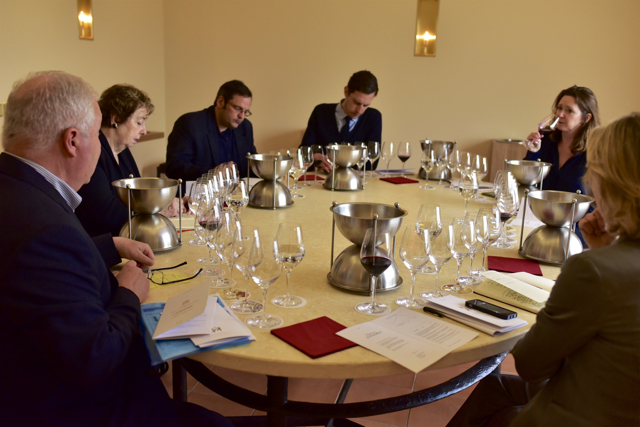
Tasting at Mouton Rothschild with Jane Anson, Elin McCoy and Miguel Lecuona (photo by Miguel Lecuona)
Château Mouton Rothschild is close behind the other two Pauillac first growths, and I could be underestimating it. One gets more expressive aromatics by comparison, an opulent expression of musky spice, violets, blackcurrant, blackberry and blueberry. Sexy stuff. What pleased me even more than last year is a superior sense of lift and freshness that complements the deep, silky tannic texture, albeit with hints of ripe sweetness on the attack. The graphite and white tobacco reflect Cabernet Sauvignon, which makes up over 80% of the blend. But there is black fruit and cocoa flavor coming from ripe and delicious Merlot, at 15% of the blend. The fresh finish is marked by rather strong tannic edginess, even a certain rawness that barrel aging should assuage. 96-98
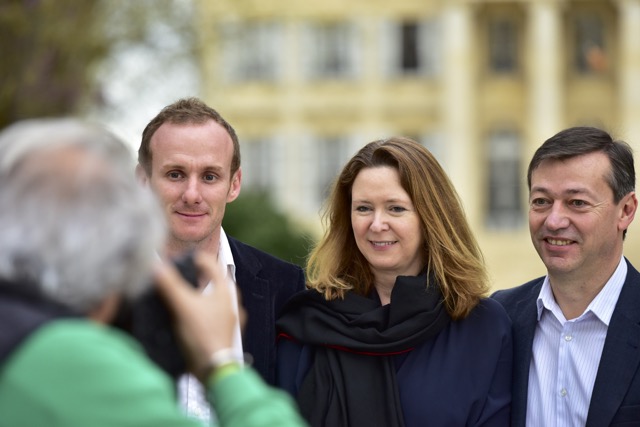
Jane Anson, the talented wine writer and celebrated author – and now the exclusive Bordeaux en primeur critic for Decanter, at Château Margaux, with (at right) Philippe Bascaules and Sébastien Vergne (photo Miguel Lecuona)
Château Margaux: In a similar vein to Lafite, Margaux is cool and focused about its aromatic expressions, more floral than any of the Pauillac first growths. The palate has subtle density, exuding fresh white flower, red cherry pit and hints of licorice and crushed tobacco. Very long on the fresh and lifting finish, leaving an impression of linearity and focus. The official reading material for the vintage from this estate exclaims “How difficult it is to follow a vintage as amazing as 2015!” It may not match last year’s majestic sumptuousness, but 2016 Château Margaux is great. 95-97
Right Bank “luxury” brands
From what I understood to have been an amazing Château Ausone that I missed tasting, due to scheduling that was too tight, to superb showings from Petrus and Lafleur, among others, which I did taste, readers should rest assured that most luxury-priced 2016 wines from barrel are nothing short of superb.
Indeed, a candidate for wine of the vintage comes from Pomerol: Château Lafleur. When I tasted Lafleur along with Decanter wine writer Jane Anson and fellow blogger and photographer Miguel Lecuona, we could not stop marveling at the wine’s impressive floral aromatics: violets and lily of the valley came to mind. On the palate, fresh roasted espresso of the finest quality, with an almost sweet brownie aspect, without actually being sweet. Blended just two weeks before we tasted the barrel sample, the 55% Cabernet Franc dominated the palate, as if it were a Pauillac, with tannins both structured and powerful on the attack. However, through to the finish, we sensed mid palate juicy sumptuousness coming from the old Merlot vines, leading to a minute-long finish marked by more fresh floral aspects, aniseed, dark cherry and damson. Indeed, pure expressions of ripe fruit truly impress, as does the balance between just over 14% alcohol and bright acidity. 98-100 points.
Rivaling Lafleur is the even more famous estate Petrus, a neighbor in Pomerol. No one guessed that it was 14.9% alcohol, as it, too, displayed almost Pauillac-like tannins with crushed tobacco like freshness. Jean-Claude Berrouet, former winemaker, and father to current winemaker, Olivier Berrouet, said that the 2016 reminds him of a modern day 1975, “a vintage of tannin” but there is more evident juiciness on the palate at this early stage compared to how the amazing 1975 was from barrel, he recalled. The aromatics showed off floral elegance and rich plum and blackberry fruit. Olivier Berrouet remarked how very ripe the tannins were, but with freshness and good acidity. “It is very rare for us to have a Petrus so precise aromatically at such a young stage,” he said. The finish was long, leaving the impression of tremendous grip: a wine built to last a long time for you, for your children and for your grandchildren! 98-100 points.
With another high price tag comes LVMH’s Château Cheval Blanc in Saint Emilion. A superb wine for 2016. You get magnificent aromatic complexity, including violets and lilacs, blackcurrants and red cherries. Certainly there is much to enjoy here: aromas are creamy delicious, inviting the taster to indulge the palate, both full bodied and light at the same time, showing off smooth and fresh expressions that lead to a long and lifting finish. Alcohol is about the same as last year, at 14.25% with a similar pristine balance of acidity. While I recall just a bit more sumptuousness and complexity on the palate from the 2015 from barrel, the 2016 is gorgeous. 96-98
Top 20 picks for 2016: from the “not-super-pricey” category
Here we find wines more affordable than the above, including many of the so-called “Super Seconds”. A category ideal for you discerning wine lovers with, say, mortgages to pay and kids in school. Most of these wines should range between $50 to $250 per bottle, so they are not inexpensive either. Of particular interest to you? How some of the following “top of the pops” can equal and even surpass the quality of some of the pricier luxury brands. We start from the Left Bank, from north to south, before heading over to the Right Bank.
Saint Estephe. Certainly one of the very best appellations in 2016. So much so that my next post for Total Wine, on “top economically priced Bordeaux” from the vintage, will include many cru bourgeois level wines from Saint Estèphe.
Château Cos d’Estournel: As director Aymeric de Gironde stressed, Saint Estèphe benefitted from the cold clay soils in 2016, as they were not as sensitive to the arid and rather hot conditions of the summer. The result? A cool and suave wine with underlying grip and power, but never heavy handed. A “return to classicism” that de Gironde began with so well in the 2014 vintage continues. For me, 2015 was a bit of a let down, because of more challenging weather, but 2016 comes roaring back with finesse, length and density. “Just” 13% alcohol, with rather high tannin and acidity, this blend of over 75% Cabernet Sauvignon, about 25% Merlot and the rest Cabernet Franc exudes pristine and clean elegance and balance, with deep, ripe dark fruit and a very long and subtle finish. Superb wine that yet again shows off how successful Saint Estèphe was in 2016. 96-98
Château Montrose: 2016 makes for a terrific triumvirate along with 2014 and 2015. The Cabernets were particularly successful this vintage for the estate, remarked director Hervé Berland. Indeed, the overall impression is of splendid finesse and polish. Aromatics combine mint freshness, black olive, white pepper and a forest after rainfall. The palate is, as expected, quite dense and suave in its expression of power, with tannin that is higher than that encountered at nearby Cos d’Estournel, leaving the impression of a Latour contrasting a Lafite… in Saint Estèphe! 96-98
Château Calon Ségur: Superb density on the mid palate highlights this famous third growth. The fully ripe 60% Cabernet Sauvignon yielded vivid notes of graphite and cassis. The nearly 20% Cabernet Franc lends cilantro like freshness and lift, while the Merlots bring subtle richness. Tasted as well at the negociant Ulysse Cazabonne, with similar results: long and refined. Director Vincent Millet stressed how the old vine Merlots, planted in 1942, ripened so well in the vintage. Like others in Saint Estèphe, he explained how cooler clay soils were able to withstand the arid summer. “The mid September rain was great, but we did not need it as other parts of Bordeaux,” he said. The density is such that it fully integrates the 100% new oak. Great Calon Ségur in the making. 94-96
Pauillac. With so many options, in addition to the three first growths from this appellation, it was tough to choose among the Pauillacs for this top list, so some that may not appear here are not far behind.
Château Pichon Longueville Comtesse de Lalande: A special wine surpassing both the excellent 2014 and 2015 vintages. The 75% Cabernet Sauvignon was picked comfortably late, remarked director Nicolas Glumineau, because it ripened slowly and surely over the long Indian Summer, recalling certainly the superb 1996 vintage. But 2016, 20 years later, has greater density and evident juiciness, as the 21% Merlot was very successful, he added. It felt so fresh and powerful at the same time, so wonderfully juicy and substantial on the layered palate, leading to a finish marked by stunning floral elegance. The 13.3% alcohol is balanced by excellent, bright acidity. The substantial tannin – more than in 2010 – was ripe and smooth. Verily a “super second”. 96-98
Château Pontet Canet: Racy elegance exudes gorgeous floral and spice aromas, along with juicy, yet bright and fresh fruit that seems to cloak the wine’s impressive tannic structure and power. Juicy ripe black and red fruit flavors combine with both floral and spicy notes of violet, licorice and white pepper on the palate, which leads to a long finish with fresh, dill-like lift. Perhaps the purity of fruit is coming from 35% of the wine aging in amphorae, along with 55% new oak and 10% in one-year old casks. This is, in short, a gorgeous blend of 60% Cabernet Sauvignon, 35% Merlot, 4% Cabernet Franc and 1% Petit Verdot that rivals the first growths. Aging will fill it out even more to yield top-notch wine made at this most impressive Pauillac estate. 95-98
Château Clerc Milon: For an article to appear in Decanter Magazine’s June Bordeaux issue, I wrote about the Médoc’s Fifth Growths, many of which are in Pauillac. One estate that has been getting better includes Clerc Milon, and the 2016 barrel sample of which is the best I have ever had in the last 15 years of tasting Bordeaux from barrel. While tasting it at Mouton Rothschild, Decanter writer Jane Anson, fellow wine blogger and photographer Miguel Lecuona and I spent just as much time talking about this wine as we did about Mouton. What beautiful finesse, what gorgeous floral freshness, what juicy opulence! The palate has the polished density that one would expect from a fine Pauillac. The overall texture is like satin and the finish has cool fruit lift. Looking for a bargain price in this somewhat expensive category? Here you go! 94-96
Saint Julien. A top appellation in 2016, with at least three wines that come to my mind spontaneously as making the top 20.
Château Léoville Las Cases: Tasted after both Margaux and Palmer that morning, and it is probably my pick among the three, when you take into account price – especially for Château Margaux. What makes Las Cases so special in 2016? The anthocyanes and tannins are higher than in 2010 and yet a long harvest period, with cool nights, lends such freshness to this wine that the tannic power is in the proverbial velvet glove. Certainly not as “sumptuous” as 2009 or perhaps 2015, the 2016 includes some 2010 power, with 1996 purity and 2001 elegance, but more amplified. Over 10% Cabernet Franc, from 80-year-old vines, give freshness, while the nearly 15% old vine Merlot adds richness. The spinal column, as ever, is Cabernet Sauvignon. Its ripe aspect, its gorgeously suave (much juicy sap to the mid palate) yet imposing tannins integrate 90% new oak that the taster does not sense: so seamless, yet so very complex already. The balancing acidity brings freshness and lift to the long finish that goes on and on … and on. Saint Julien seduction + Pauillac poise = superb LLC! 97-100
Château Ducru Beaucaillou: Floral aromatics beguile the taster, like a spring bouquet, mingling with notes of pencil lead and blackberry, no doubt coming from a “very high” percentage of Merlot (15%) for the first wine, according to the cellar master. The very juicy and sumptuous palate yields more dark fruit and brambly red berry, along with polished cedar notes. A very long finish, with much dill-like lift, entices you to drink more, due to the inherent freshness of the vintage. Clocks in at 13.63% alcohol with high tannin (although not as high as in 2010). 96-98
Château Léoville Poyferré: One of the best-ever barrel samples from this estate: so smooth and veritably juicy. When tasted in late March at the negociant Maison Joanne, I loved the blackberry and cassis “opulence” on the nose, with much substance on the mid palate. The sample at the château tasted two weeks later showed even better, with the 80% new oak well integrated, even if owner Didier Cuvelier does malolactic in barrel, which tends to “draw out” oak-derived vanilla flavors. None were sensed from the sample. The 13.6% alcohol was well balanced by bright acidity, and the tannins – quite high – were gorgeously ripe. A long finish, and bravo to owner Didier Cuvelier. 95-97
Margaux: While not as supreme an appellation as it was in 2015, Margaux has gorgeous wines in 2016. Here my top two, in addition to the first growth.
Château Palmer: First of many wines tasted during en primeur week at 8:45 am. The juiciness of the wine impressed me as did the vivacity and lift of the vintage, combined with excellent concentration and a satin like texture. Damson and blackcurrant flavors entice. I am not sure it has the same level of concentration as the 2015, but it is an excellent wine in the making. 94-96
Château Rauzan-Segla: The very best Margaux among those tasted at the UGCB press tasting, which did not include Palmer and Margaux. The density, elegance and full body combined with suave freshness and a long finish. This wine rivals the success of the 2015. Superb! 93-95
Pessac-Léognan: I am not sure that Pessac-Léognan was any better in 2016 than it was in 2015, but I found at least a couple top 20 candidates here, too.
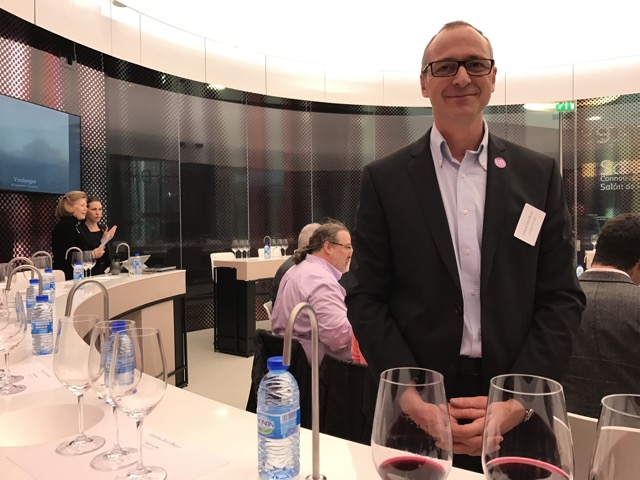
Gabriel Vialard of Château Haut Bailly: we tasted the superfine 2016 barrel sample at the superb Cité du Vin in Bordeaux.
Château Haut Bailly: A gorgeous wine enveloping your senses with deep aromas of primary blackberry and red cherry fruit. Very clean and pure expressions of ripe fruit, the wine finely integrates its 55% new oak. The palate is nothing less than “noble” in texture, and its length and impressive precision make the word “racy” come to mind. Indeed, the prominent yet ripe tannin is extremely fine grained. Barrel aging will add density to an already substantial palate, with the blend of over 50% Cabernet Sauvignon, 40% Merlot and the rest Petit Verdot and Cabernet Franc. 94-96
Château Les Carmes Haut Brion: Well, well! One of the best wines from the Graves region. Mint fresh aromas, with blackberry and damson. Very rich, yet lovely in that it is balanced and indeed well-framed by the bright acidity. Tonic freshness makes this exciting, even if the tannins are a bit tight on the finish, but barrel aging – and aging in bottle – will pay you dividends. Tasted with fellow wine writers at the UGCB tasting in Bordeaux. Seek this one out! 93-95
Saint Emilion. Although I did not taste either Pavie or Angélus, many top wines were made in Saint Emilion in 2016. Here three that make the top of the pops.
Château Figeac: Could we say that this rivals Cheval Blanc – and for less money? Yes, we can! Probably the best Château Figeac I ever have tried from barrel, and superior to last year’s wine, as Cabernet Franc proved particularly successful on cooler soils. The long growing season enabled a crunchy, cool fruit expression aromatically, with silky – and even creamy – tannins and superb depth and substance to the full-bodied palate. “The dryness of the summer slowed down ripening and the cool nights throughout much of the season lead to a perfectly controlled ripeness,” explained director Frederic Faye. I could not agree more. High acidity matched the 14% alcohol perfectly, and the 100% new oak is completely incorporated. There is an almost Médoc aspect to this, with the 38% Cabernet Sauvignon lending Pauillac-like graphite aroma and flavor. Veritable juiciness, no doubt coming from the savory 36% Merlot, makes the wine appeal immediately, yet fine structure and a long finish ensure long cellar life. Wow! 96-98
Château Canon: Not far behind Figeac, and altogether a different wine with Merlot-driven limestone plateau terroir, the sample is less opulent than in 2015, but the iodine freshness and gorgeous succulence of the fruit goes hand in glove with a serious tannic frame. Aromatics are floral with red and black fruit. There may be just a bit of austerity to the finish, but the mid palate is so juicy and promising and the finish has lift. 95-97
Château Belair Monange – Gorgeous floral aromas with vivid notes of blackberry and plum coming from this blend of 92% Merlot and 8% Cabernet Franc. The palate is at once charming and delivers tannic power, as if there is a Pauillac underneath. As fellow wine writer Jane Anson put it: “The epitome of St-Émilion plateau power and elegance.” This is the best barrel sample I have ever tried from this terroir from barrel. A premier grand cru classé to be reckoned with! 95-97
Pomerol. We have already seen how wonderful Lafleur and Petrus are – and they have set the bar high for the rest of the appellation. Here it was difficult to just choose three wines, so I chose four, as Pomerol was that superb in 2016
Château Evangile: What an amazing array of both power and opulence! I would agree with fellow taster, Decanter’s Jane Anson, who wrote that Evangile is “absolutely” to be counted amongst the greatest of the Pomerols this year. It is. The depth of flavor, the Lindt like milk chocolate, the bright red and ripe cherry, the damsons with blackberry, all make it utterly irresistible. And yet there is the vintage’s underlying seriousness, a strong tannic edge to the wine that augurs very well for long-term aging. Get this one! 96-98
Château La Fleur Petrus: This has larger scale written all over it. More Trotanoy than Fleur Petrus! Along with its floral elegance come distinct notes of dark cherry pit and succulent red fruit, but somewhat overshadowed by an almost Left Bank, graphite aspect. The high tannin of the vintage is evident, and it impresses the taster at once with large scale and fine tannic grain. A slightly brooding aspect combines with juicy ripe dark fruits kept just a bit in check on the palate, so that the wine is more “serious” than I can ever remember from barrel. Christian Moueix agrees that it is his more “powerful” La Fleur Petrus. The elements are all there for a wine that will reward aging, as it will start to yield its evident, sumptuous charms with about 10 years in your cellar. 95-97
Château La Conseillante: I love the sheer elegance and racy yet juicy fruit expressions of damson and blackberry, along with vivid violet aromas. There is a sense of control on the palate, where silky smooth tannins combine with succulent fruit in structured harmony. At 14 degrees, about one degree less alcohol than in 2015, the wine yields lift and freshness on the palate. Not as evidently opulent as in 2015, but I prefer the 2016, as it seems to have a bit more length and lift on the finish, marked by lovely floral aromas. 80% Merlot and 20% Cabernet Franc aged in 70% new oak. 94-96
Château Certan de May – Perhaps an unusual choice, as Trotanoy and Vieux Château Certan likely will last longer, and both are great. But they both have more noticeable tannin that will require more years to resolve. Taking into account a more moderate price, and a most beguilingly floral nose, with red and dark fruit, pure and fresh, this wine makes my list. A particularly successful Certan, with sneaky density on the palate, and the best that I can recall ever having tasted from barrel. Its long finish marked by more floral aromas and excellent lift. Lovely! 94-96
Stay tuned for more notes on Saint Emilion, Pomerol, Graves and the whites of Bordeaux from barrel …
 Wine Chronicles
Wine Chronicles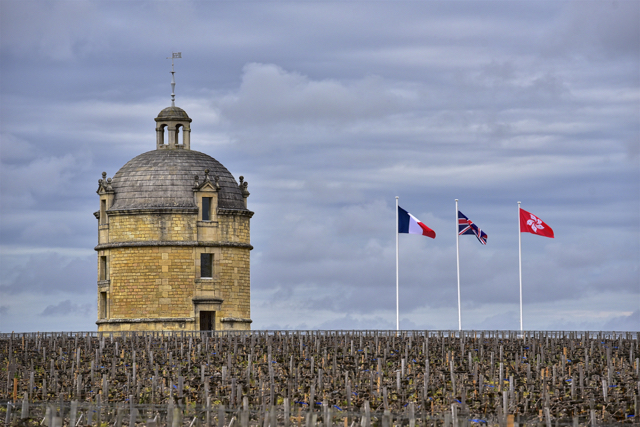
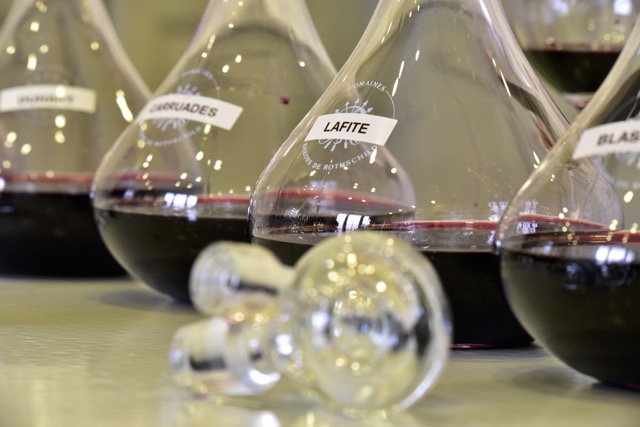
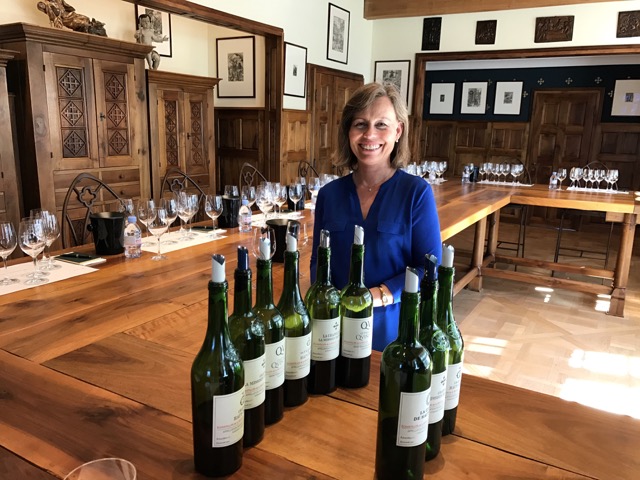
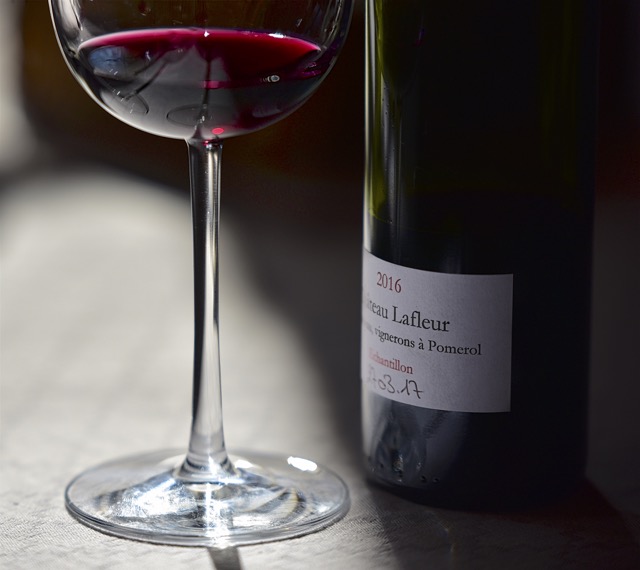


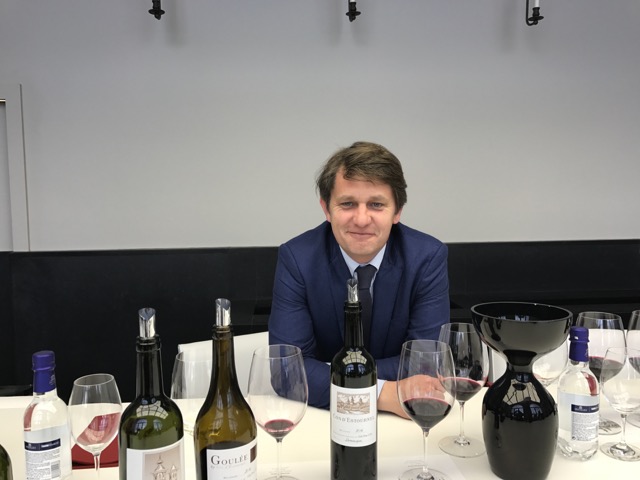

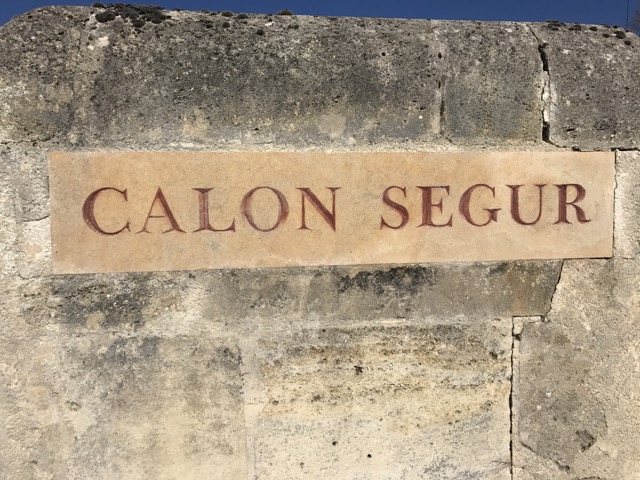

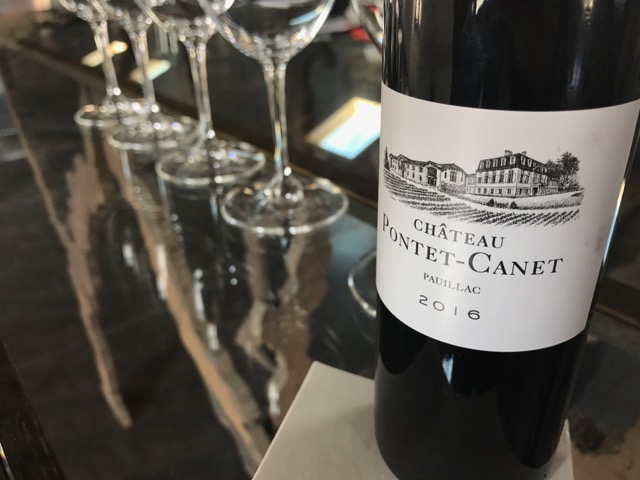
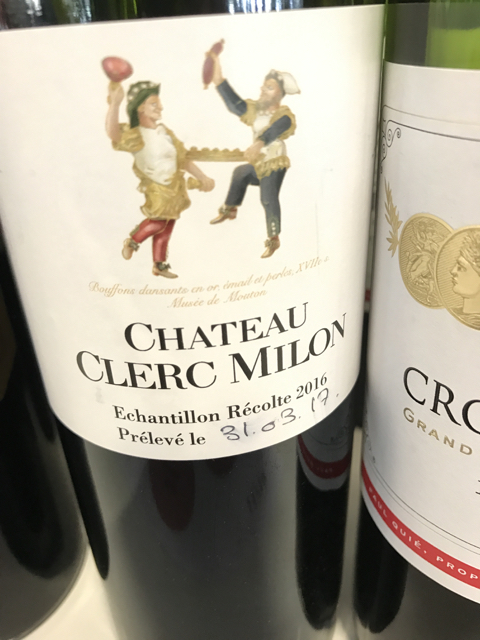


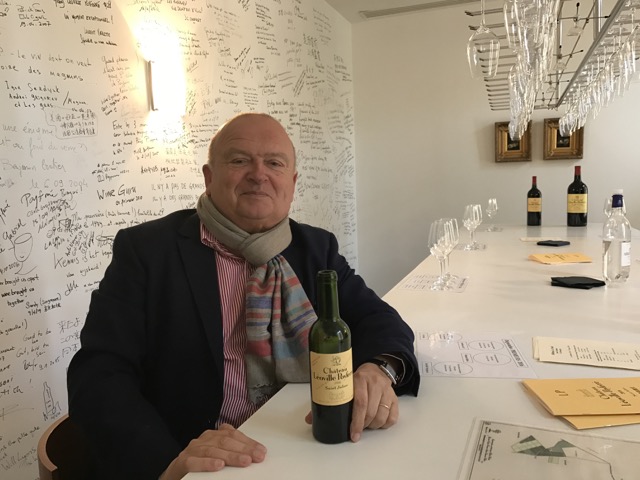
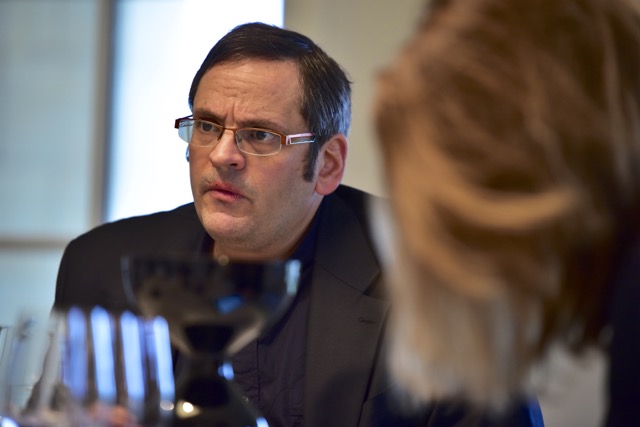
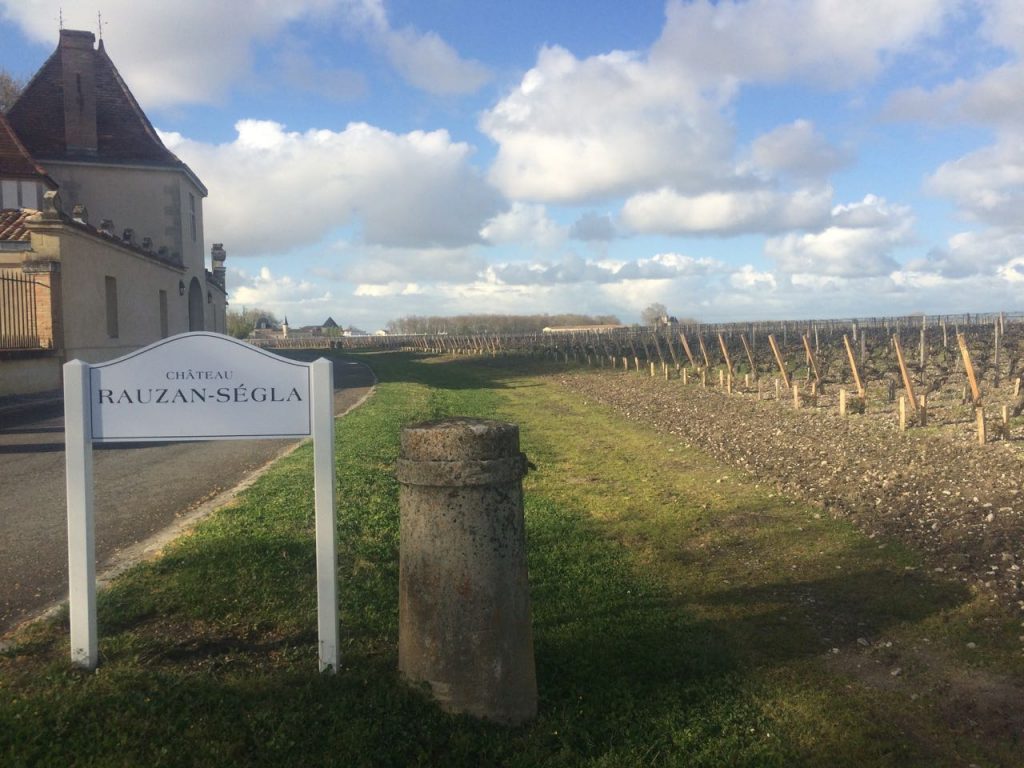
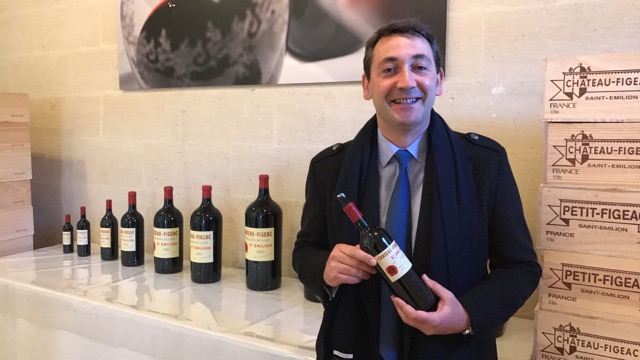

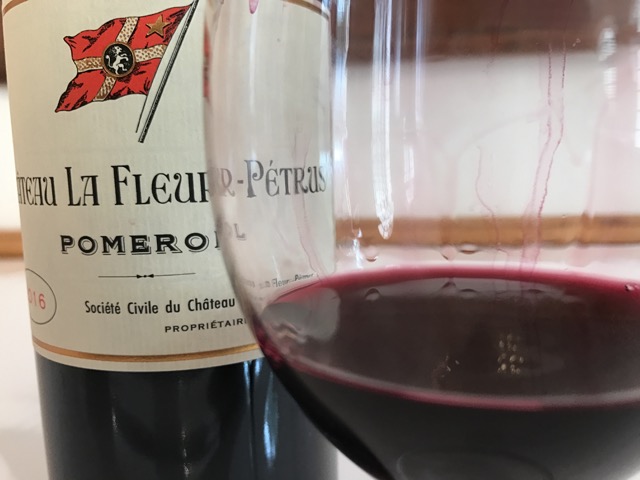
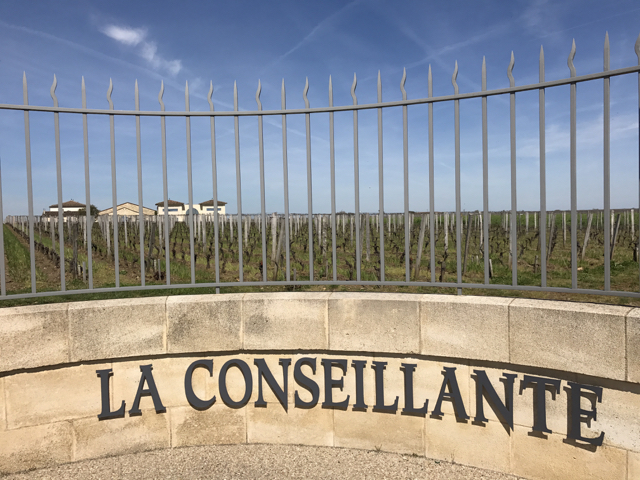

Share This